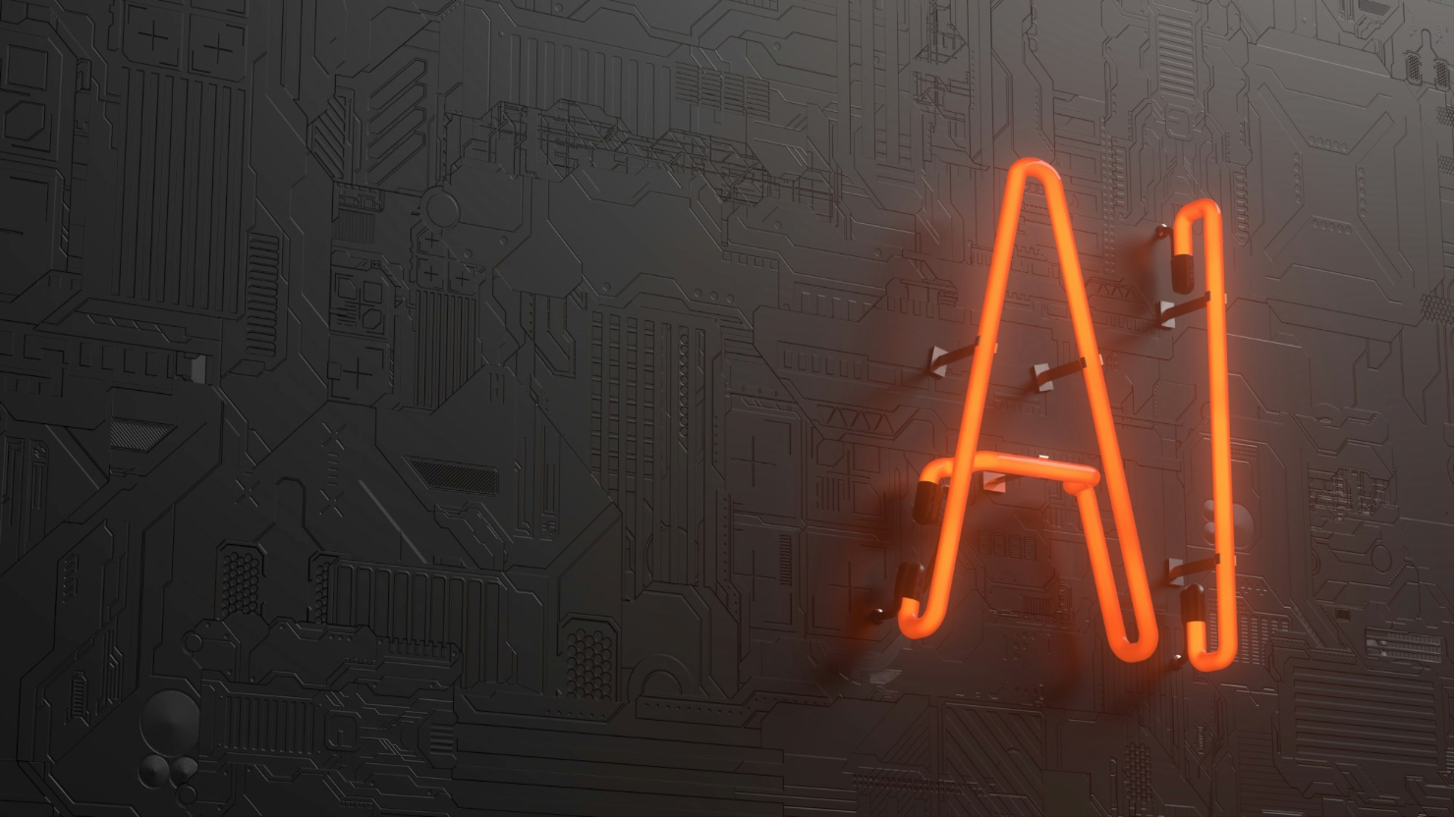Software development is currently experiencing a phase of technological convergence. Two megatrends - artificial intelligence and offshore outsourcing - are no longer developing in parallel, but are merging into a new paradigm of global software development. This development holds both transformative potential and complex challenges for companies, development teams and the entire IT industry.
Offshore outsourcing: established practice with structural weaknesses
Offshore outsourcing has established itself as a central component of global IT strategy since the 1990s. Companies in the DACH region systematically exploit the arbitrage between local and international development costs, with destinations such as India, Vietnam or Sri Lanka enabling cost savings of 40-70%.
The proven advantages:
- Access to qualified specialists with reduced personnel costs
- Scalability through large talent pools
- Follow-the-Sun development for continuous project work
- Specialization in certain technologies and industries
Only - where there is light, there is also shadow:
- Communication barriers: Time zone differences and language barriers reduce efficiency
- Quality variance: Different standards in coding practices and documentation
- Cultural misunderstandings: Different ways of working and expectations
- Knowledge Transfer: Complex induction and high fluctuation in offshore teams
Artificial intelligence as a catalyst for transformation
AI technologies systematically address the structural weaknesses of traditional offshore outsourcing. The integration of AI tools into distributed development processes creates new opportunities for process optimization:
Code generation and quality assurance
GitHub Copilot, CodeT5 and similar tools are revolutionizing development productivity. Studies show productivity increases of 35-55% for routine coding tasks. Offshore teams can produce higher quality code in less time with AI-assisted development.
Intelligent communication and coordination
AI-based translation and project management tools reduce frictional losses in international collaboration. Systems such as DeepL integrated into Slack or Microsoft Teams enable virtually loss-free communication between German and Indian teams.
Automated testing and code review
AI-supported quality assurance using tools such as SonarQube AI or Amazon CodeGuru automatically identifies bugs, security vulnerabilities and performance issues. This compensates for qualitative differences between different developer locations.
India: The pioneer of AI-integrated offshore development
India occupies a special position in the global IT landscape. With over 4.4 million IT specialists and a market volume of 227 billion US dollars (2023), the country is not only the largest offshore provider, but is also developing into an innovation center for AI-integrated development processes.
Technological infrastructure
Tech hubs such as Bangalore, Hyderabad and Pune have developed into AI research centers. Companies such as Tata Consultancy Services, Infosys and Wipro invest over USD 1 billion annually in AI research and development.
Skill building
Indian universities such as the Indian Institute of Technology (IIT) and the Indian Institute of Science (IISc) produce over 200,000 graduates in STEM subjects every year, with AI and machine learning increasingly being integrated into the curricula.
Practical implementation
Many Indian offshore providers are already using AI tools for internal process optimization. Companies such as HCL Technologies report 25-30% efficiency gains through the use of AI in development and testing processes.
The strategic synergies: quantified potential
The combination of AI and offshore outsourcing creates measurable added value:
Productivity multiplication
Case study: By combining an Indian development team with AI tools (GitHub Copilot, AI-based testing), a German fintech company was able to reduce time-to-market by 40% while at the same time cutting costs by 55% compared to purely local development.
Quality standardization
AI tools act as an “equalizer” between different development locations. Automated code reviews and AI-assisted development reduce qualitative differences between onshore and offshore teams.
Round-the-clock innovation
Follow-the-sun development becomes more efficient with AI-supported handover processes. AI systems can document work statuses, comment on code and automatically prepare handover meetings.
Challenges and risk factors
Technical complexity
The integration of AI tools into existing offshore development processes requires:
- Infrastructure upgrades: secure cloud connection for AI services
- Tool standardization: Uniform AI tools across different locations
- Performance monitoring: measuring the effects of AI productivity
Data protection and compliance
GDPR-compliant AI use in international teams requires:
- Data residency controls for AI training data
- Encrypted AI models for sensitive code areas
- Audit trails for AI generated code changes
Skills gap and change management
Offshore teams need new skills:
- Prompt engineering for effective use of AI
- AI ethics for responsible development
- Human-AI collaboration for optimal cooperation
Strategic dependencies
Companies need to assess the risk of over-dependence on AI tools and develop fallback strategies.
Future prospects: The hybrid development paradigm
The future of software development will be characterized by hybrid intelligence - the symbiotic combination of human creativity, global scaling and artificial intelligence.
Emerging trends
- Autonomous development: AI systems are increasingly taking over routine development tasks
- Predictive project management: AI forecasts project risks and resource requirements
- Global Dev Teams: virtual teams of people and AI agents work across locations
Strategic implications
Companies need to fundamentally rethink their IT strategy
- Build vs. buy vs. partner: Which development capacities to build internally, which to outsource?
- AI governance: How to manage and control AI usage in distributed teams?
- Talent strategy: Which skills to develop internally and which to procure externally?
Conclusion: Navigating the technological paradigm shift
The convergence of AI and offshore outsourcing marks a turning point in software development. Companies that strategically leverage this synergy can maximize both cost benefits and speed of innovation. India will play a key role as a technological pioneer.
However, a well thought-out implementation strategy that combines technical excellence with organizational transformation is critical to success. The future belongs to those companies that merge human expertise, global scaling and artificial intelligence into a coherent development paradigm.
The time of “either/or” is over. The future is hybrid, intelligent and globally networked.

